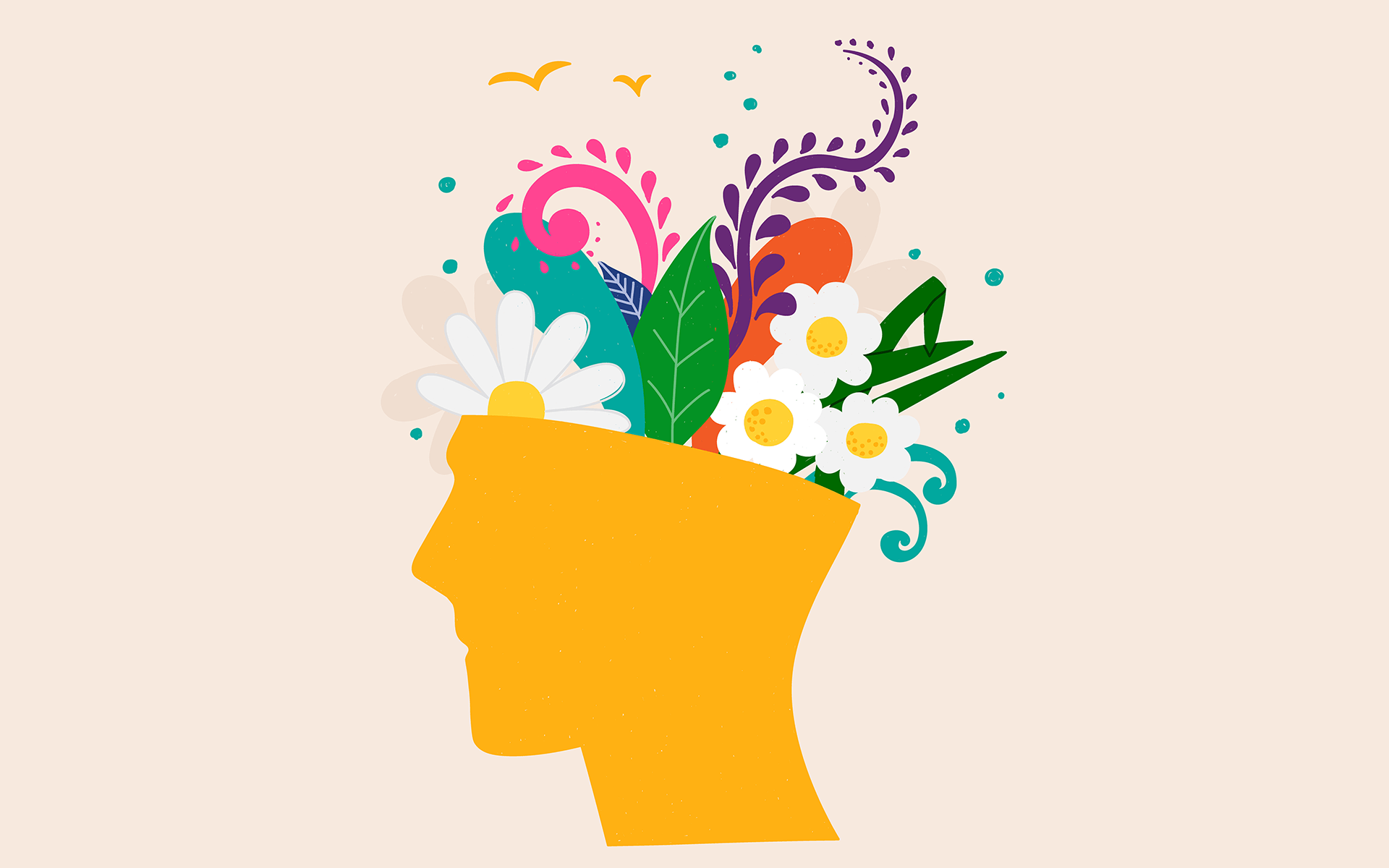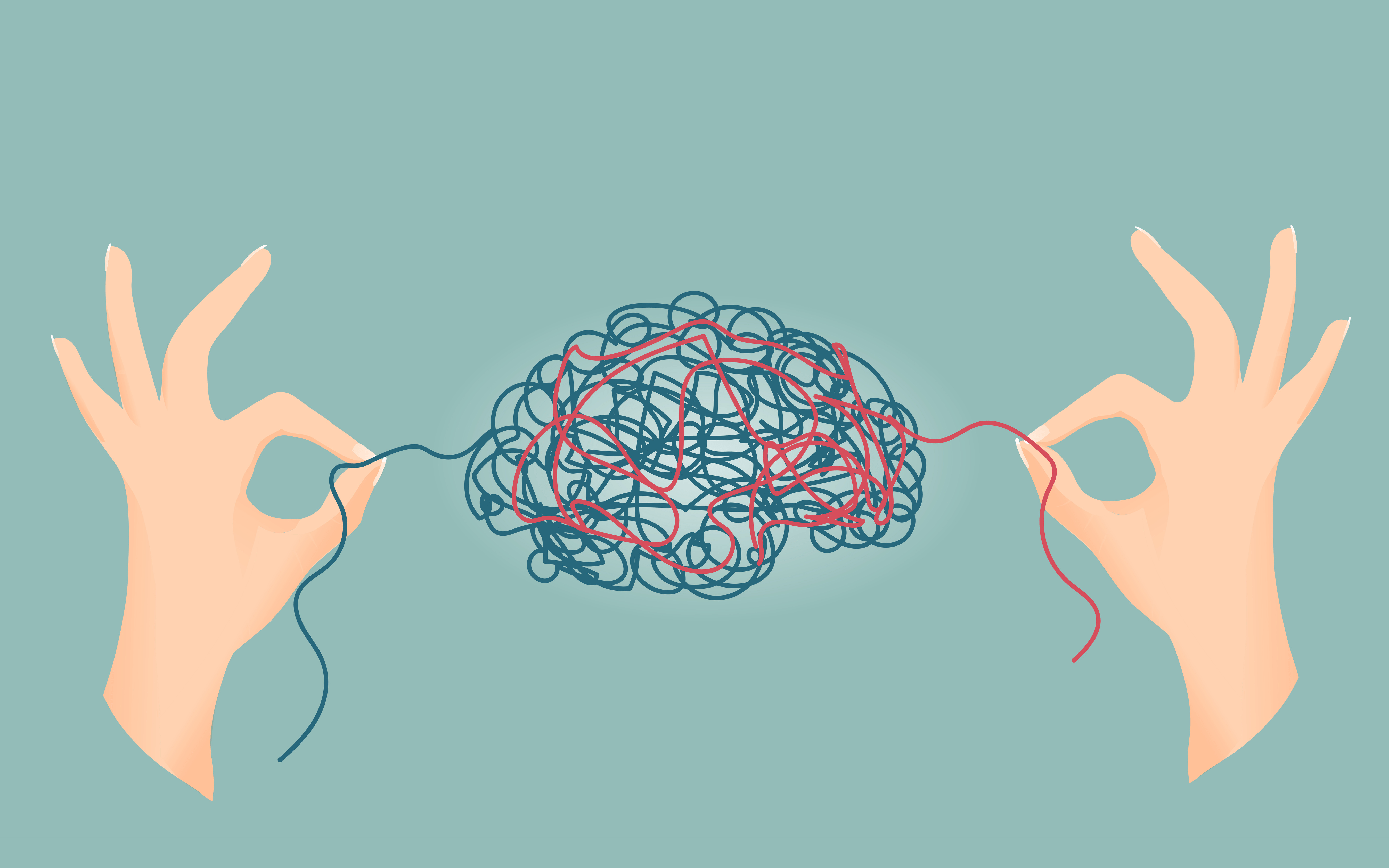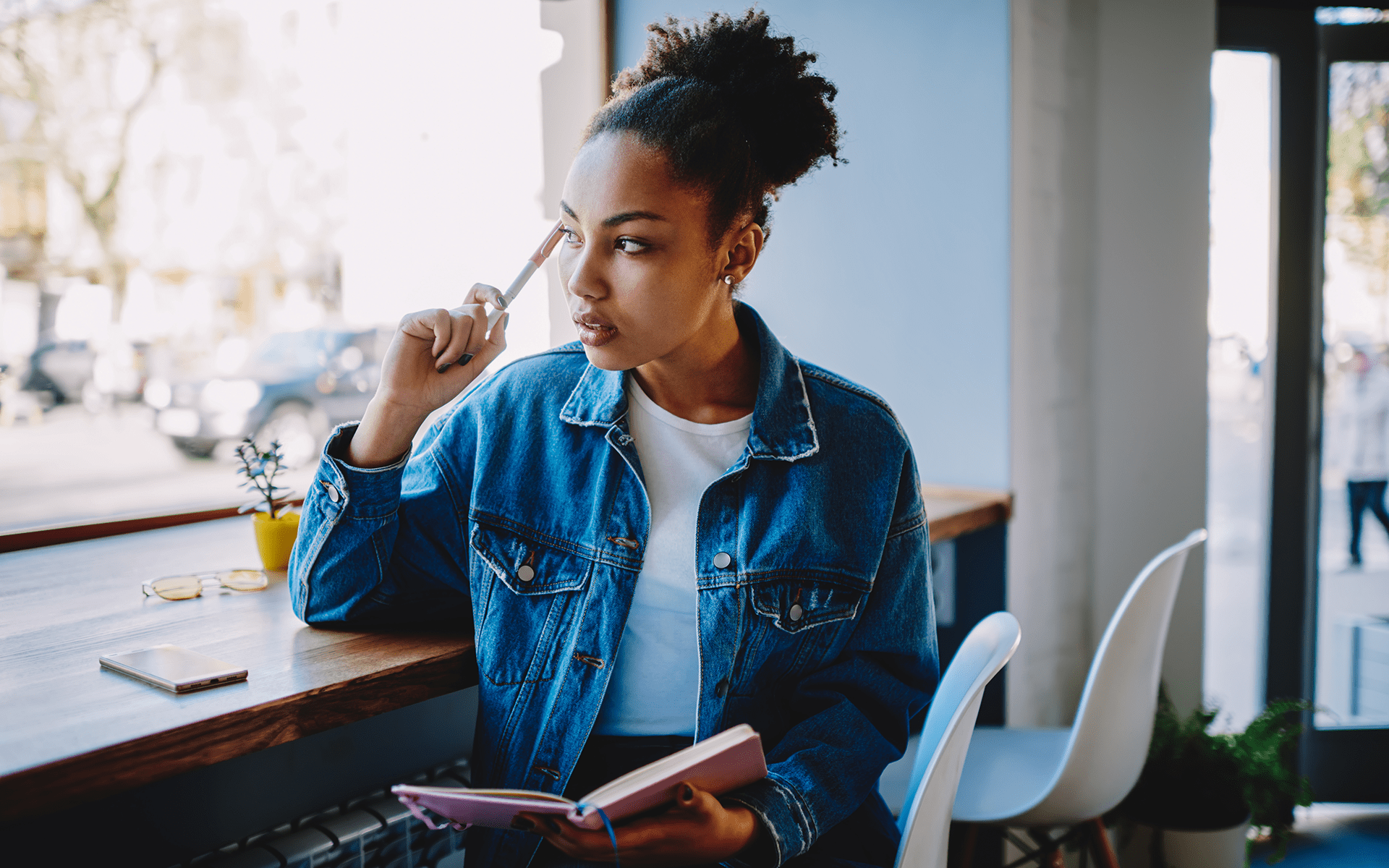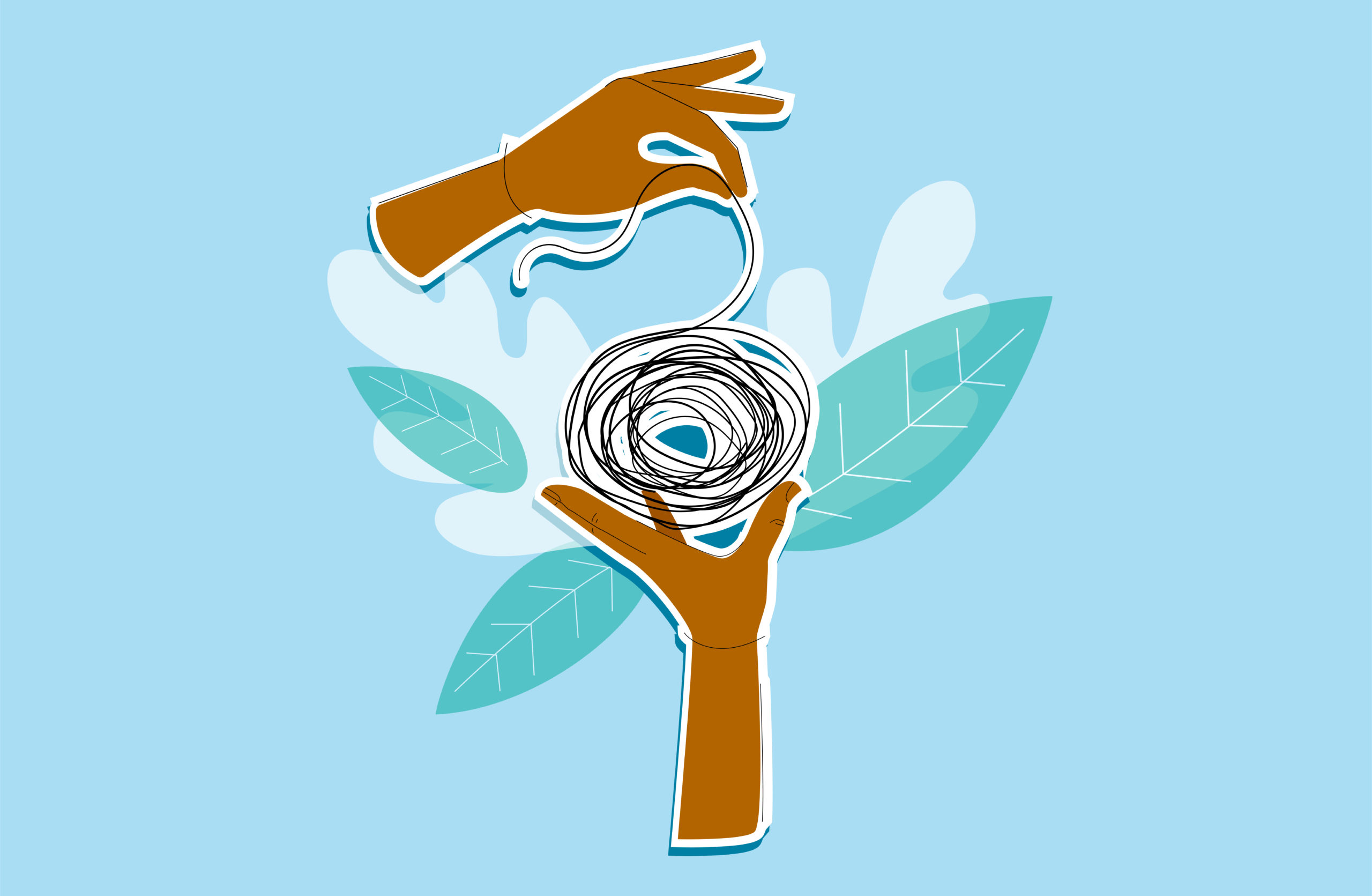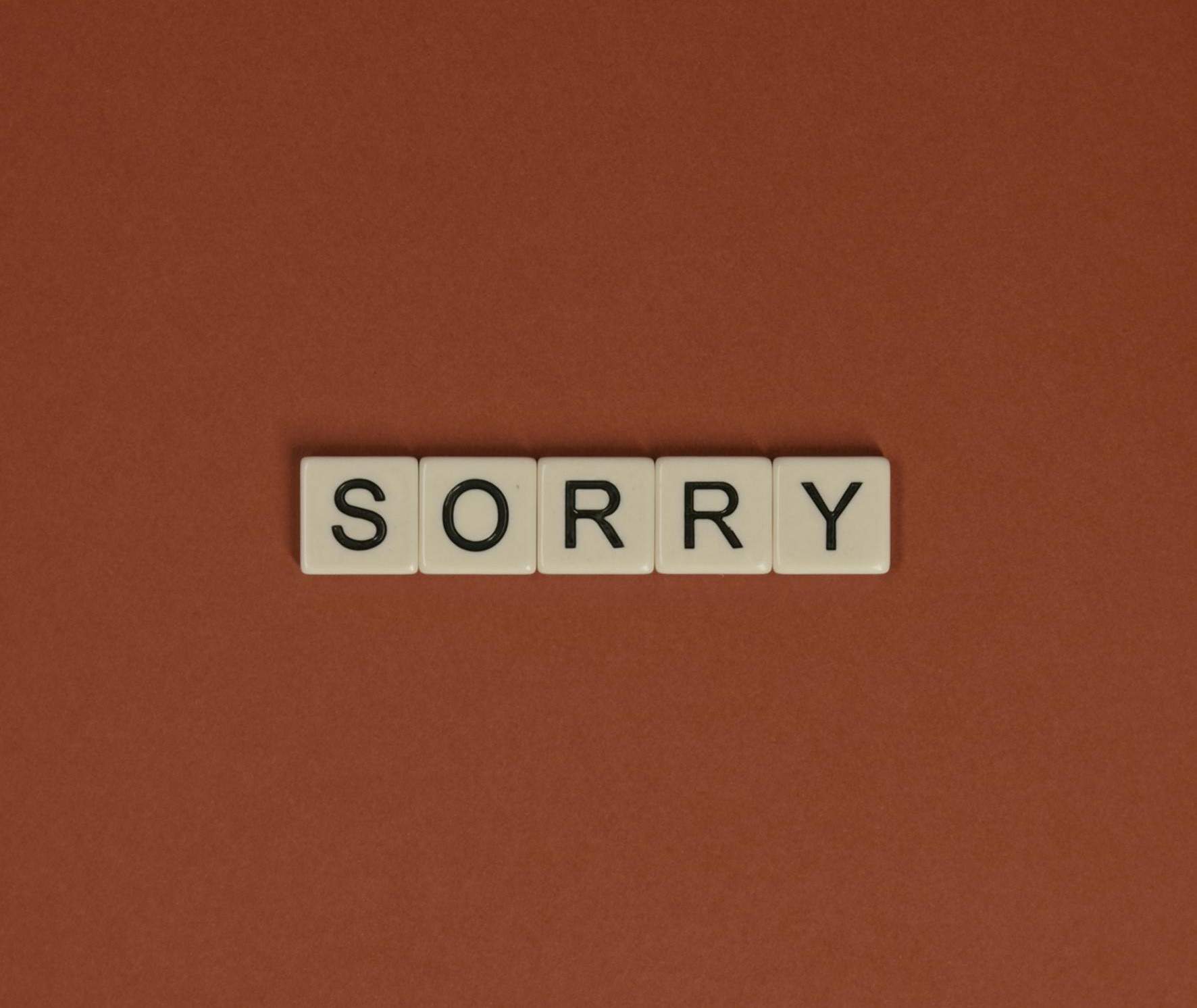Over the years, as I’ve studied how habits work in the brain and the ways in which mindfulness can help, I’ve found that curiosity is a simple tool that helps people—regardless of language, culture and background—drop directly into their embodied experience. Curiosity lets us tap into our natural capacity for wonder and interest, putting us right in that sweet spot of openness and engagement. From this state of mind, we’re more empowered to help ourselves break old habits and build new ones.
Let me walk you through a simple curiosity exercise. Doing this 2-minute practice can work as a kind of panic button for when anxiety hits.
Step 1:
Find a quiet comfortable place. You can be sitting, lying down or standing up; you just need to be able to concentrate without being distracted.
Step 2:
Recall your most recent run-in or incident with a habit loop, which is any habit you find yourself returning to whenever you’re worried or anxious.
See if you can remember the scene and relive that experience, focusing on what you felt right at the time when you were about to act out your habitual behavior. What did that urge to go ahead and “do it” feel like?
Step 3:
Check in with your body. What sensation can you feel most strongly right now?
Here’s a list of single words or phrases to choose from. Pick only one—the one you feel most strongly:
- Tightness
- Pressure
- Contraction
- Restlessness
- Shallow breath
- Burning
- Tension
- Clenching
- Heat
- Pit in stomach
- Buzzing/vibration
Step 4:
Notice where this sensation is in your body. Is it more on the right side or the left? In the front, middle, or back of your body? Where do you feel it most strongly?
And was there anything you noticed about being curious about what part of your body you felt the sensation in? Did being a little curious help with getting closer to this sensation?
Step 5:
Explore what else you can feel in your body. If the sensation is still there in your body, see if you can get curious and notice what else is there. Are there other sensations you’re feeling? What happens when you get curious about them? Do they change? What happens when you get really curious about what they feel like?
Step 6:
Follow them over the next 30 seconds—not trying to do anything to or about them—but simply observing them. Do they change at all when you observe them with an attitude of curiosity?
Whenever I do this exercise, I like to use the sound “Hmmmm”—as in, the hmm you naturally emit when you’re curious about something (and not to be confused with the traditional mantra “Om”). I find saying “hmm” to myself gets me out of my head and into a direct experience of being curious. It also allows me to bring a playful, even joyful attitude to what I’m doing; it is hard to take yourself too seriously when you are hmm-ing.
This short exercise is just intended to give you a taste of curiosity and to support your natural capacity to be aware about what is happening in your body and your mind at any moment instead of getting caught up in a habit loop. If you notice that by being curious you gained even a microsecond more of being with your thoughts, emotions and body sensations than you have in the past, then you’ve taken a huge step forward.
Sometimes I get the question “What happens if I’m not curious?” My response is to use the sound of “hmmm” to drop right into your experience. Ask yourself: “Hmm, what does it feel like not to be curious?”
This helps people move from their thinking, fix-it mind state into a curious awareness of their direct sensations and emotions in their bodies and move out of their thinking heads and into their feeling bodies.
Find more information and science-backed practices for working with your anxiety in the Unwinding Anxiety app.
read more
Most Habit-Change Tools Fail With Anxiety—Here’s One that Works
Our automatic reactions are the result of unexamined habits, including anxiety. In his book Unwinding Anxiety, neuroscientist and psychiatrist Judson Brewer explores how mindfulness can plant the seeds for a calmer mind.
Read More
Why Does My Anxiety Keep Coming Back?
Sometimes willpower and reframing aren’t enough to break a habit. Here’s how to break the cycle.
Read More
Unwinding Your Anxiety Habit Loop
Coping with anxiety is difficult, but we can begin to untangle our anxious loops when we recognize how they show up in our daily activities.
Read More


